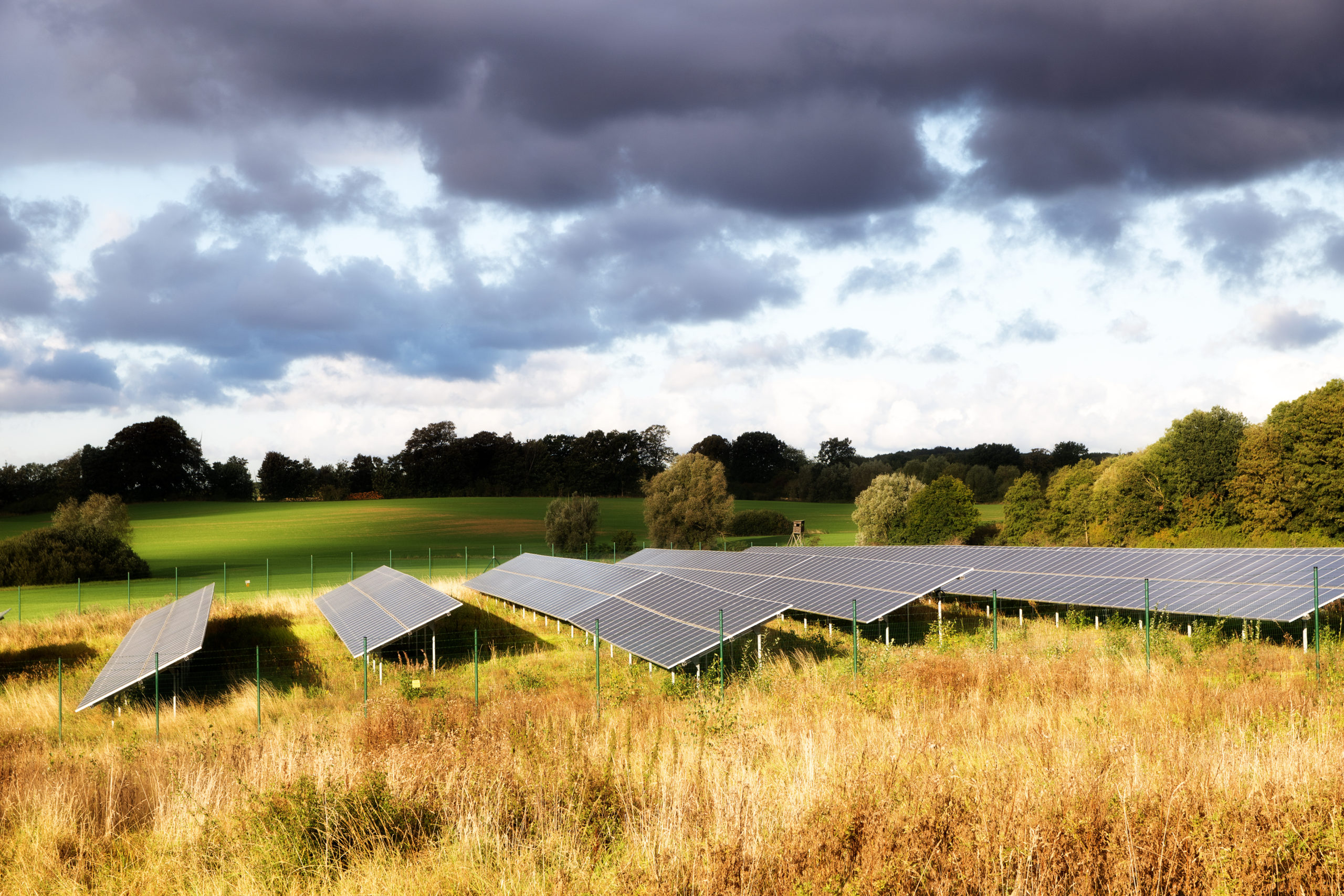Solar panels work in cloudy conditions because power is generated from daylight as opposed to sunlight. Even though clouds may cover the sky and block the sun directly, a solar panel will continue to function as long as shadows are able to be formed outside. While cloudy conditions do not stop solar panels from working, they reduce the normal power they can collect to around 15 percent. Even though one may live in a cloudy area, solar panels can be considered a good investment for the following reasons.
Too Much Heat
Solar panels can actually start to perform badly if they are exposed to excessive heat. That is why San Francisco residents can collect more solar energy than Los Vegas residents. Most solar panels are adjusted to work at an optimum level of up to 77 degrees. If one lives in a cloudy area, excessive heat will not likely be an issue.
Edge of Cloud Effect
It could be strange, but one could get more power on a cloudy day than on a noncloudy day. The explanation for this phenomenon would be the edge of cloud effect. Passing cumulus clouds can act as a giant magnifying glass which will drastically increase power in solar panels. Most solar panels are outfitted to handle these types of surges. If one lives in a noncloudy area, this effect probably won’t make much of an impact. Yet, if one lives in an area with many cloudy days, this effect can add lots of power over the course of a solar panel’s lifetime.
Microinverters
When panels are wired in a series, the panel with the lowest output is the output collected in all of the panels. In the event that one has four or five panels set up on a roof, a single cloud could lower the output for the whole system by only covering one of the panels. Microinverters can be used to prevent a stray cloud from lowering one’s solar energy. These inverters connect each panel individually to the home. This means that if one panel doesn’t receive much daylight, the other panels won’t be affected.
Yearly Weather
A single cloudy day will not drastically impact a solar panel’s yearly output. In fact, solar energy is thriving in places where cloudy weather is the norm. Germany is one of the highest producing solar energy nations in the world despite receiving as much sunlight as the state of Alaska. Despite cloudy days, Seattle and Portland are rising in the charts for being cities with the most solar energy. When taken as a whole, the days of cloudy weather and clear skies add up to create a considerable amount of energy.
Solar panels definitely work in cloudy conditions. Other cities have shown that clouds lower the amount of output received, but they do not eliminate it. Since cloudy weather often means cooler temperatures, solar panels can operate at maximum efficiency in these conditions. By using microinverters, a household’s yearly solar energy output can save a lot of money and have a beneficial environmental impact.







